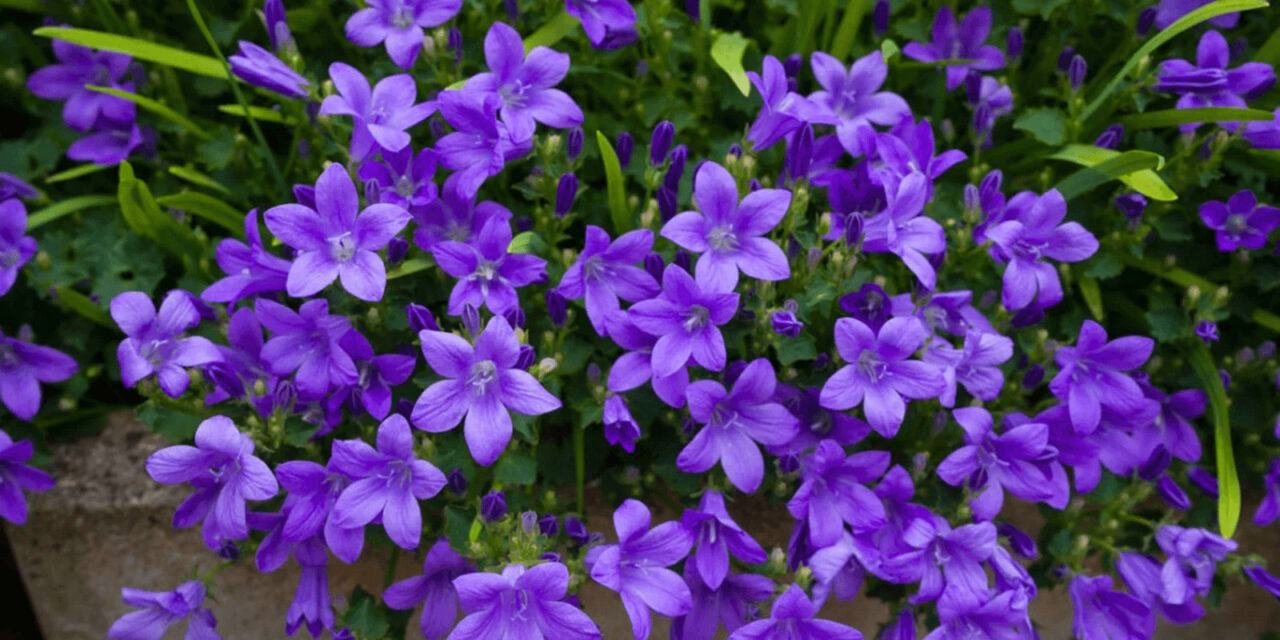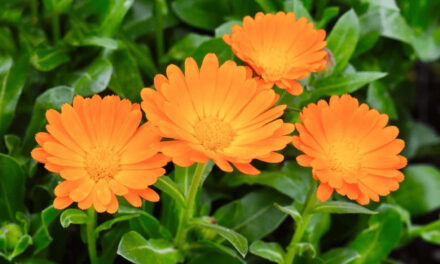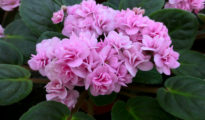Campanula bellflowers, commonly known as bellflowers or harebells, are exquisite flowering plants that add beauty and charm to any garden or landscape. With their delicate bell-shaped flowers and vibrant colors, they are a favorite among gardeners and flower enthusiasts. In this comprehensive guide, we will delve into the world of campanula bellflowers, exploring their varieties, ideal growing conditions, propagation methods, care tips, and more. Whether you're a seasoned gardener or a beginner, this article will provide you with all the information you need to successfully grow and enjoy these stunning plants.
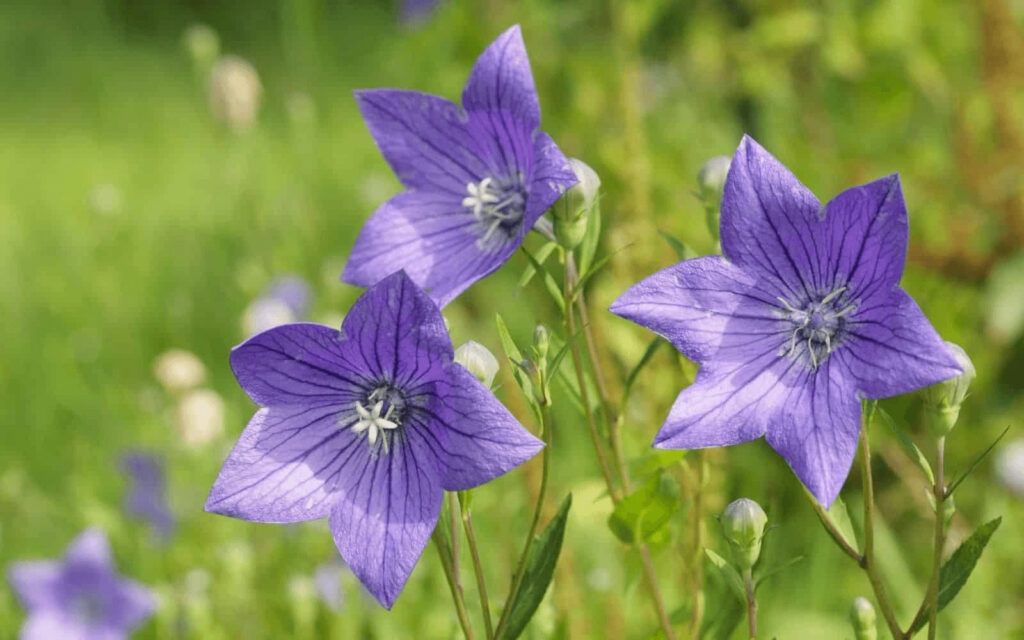
Understanding Campanula Bellflowers
Campanula bellflowers belong to the Campanulaceae family and encompass a wide range of species, including Campanula carpatica, Campanula glomerata, and Campanula lactiflora, among others. These perennial plants are native to various regions around the world, including Europe, Asia, and North America. They are known for their bell-shaped flowers, which can be found in shades of blue, purple, white, and pink. The flowers bloom on long stems, rising above the plant's attractive foliage, which may be heart-shaped or lanceolate.
Selecting the Ideal Growing Conditions
To ensure the successful growth of campanula bellflowers, it is crucial to choose the right growing conditions. These plants thrive in areas with well-draining soil that is rich in organic matter. Ideally, the soil should have a slightly acidic to neutral pH level. Bellflowers prefer full or partial sun exposure, although some species can tolerate shade. Proper air circulation is important to prevent fungal diseases, so avoid planting them in crowded areas.
Propagation Methods for Growing Campanula Bellflowers
Campanula bellflowers can be propagated through various methods, including seeds, division, and cuttings. Starting from seeds is a cost-effective option, but it requires patience as the germination process can take a few weeks. Division involves separating established clumps of bellflowers into smaller sections, ensuring each section has sufficient roots and foliage. Cuttings can be taken from healthy stems, and they should be rooted in a suitable growing medium. Regardless of the propagation method chosen, it's essential to provide adequate moisture and a suitable environment for the new plants to establish themselves.
Planting and Caring for Campanula Bellflowers
- When planting campanula bellflowers, dig a hole that is slightly larger than the root ball and gently place the plant in it. Ensure that the crown is level with the soil surface. Backfill the hole, firming the soil gently around the roots. Water the plant thoroughly after planting to help it settle.
- Watering is crucial during the initial stages of growth, but it's important not to overwater, as these plants are susceptible to root rot. Regular watering, providing about 1 inch of water per week, is generally sufficient, but adjust according to the specific needs of your campanula bellflowers and the weather conditions.
- Applying a layer of organic mulch around the plants can help conserve moisture, suppress weed growth, and regulate soil temperature. Avoid mulching too close to the stem to prevent rot.
- Deadheading spent flowers can encourage prolonged blooming. Additionally, cutting back the plant after flowering can promote bushier growth and prevent self-seeding in some species.
Dealing with Common Pests and Diseases
While campanula bellflowers are generally resistant to pests and diseases, there are a few issues that can arise. Slugs and snails may occasionally feast on the foliage, so it's important to monitor and take necessary measures to control these pests
To deter slugs and snails, you can employ organic methods such as handpicking them off the plants, creating barriers like copper tape around the base of the plants, or using beer traps to attract and drown them. Additionally, maintaining good garden hygiene by removing debris and fallen leaves can reduce their hiding spots.
As for diseases, campanula bellflowers are relatively resilient. However, they can occasionally be affected by powdery mildew or root rot if the growing conditions are unfavorable. To prevent powdery mildew, ensure proper air circulation, avoid overhead watering, and consider using fungicidal sprays as a last resort. To prevent root rot, provide well-draining soil and avoid overwatering.
Popular Varieties of Campanula Bellflowers
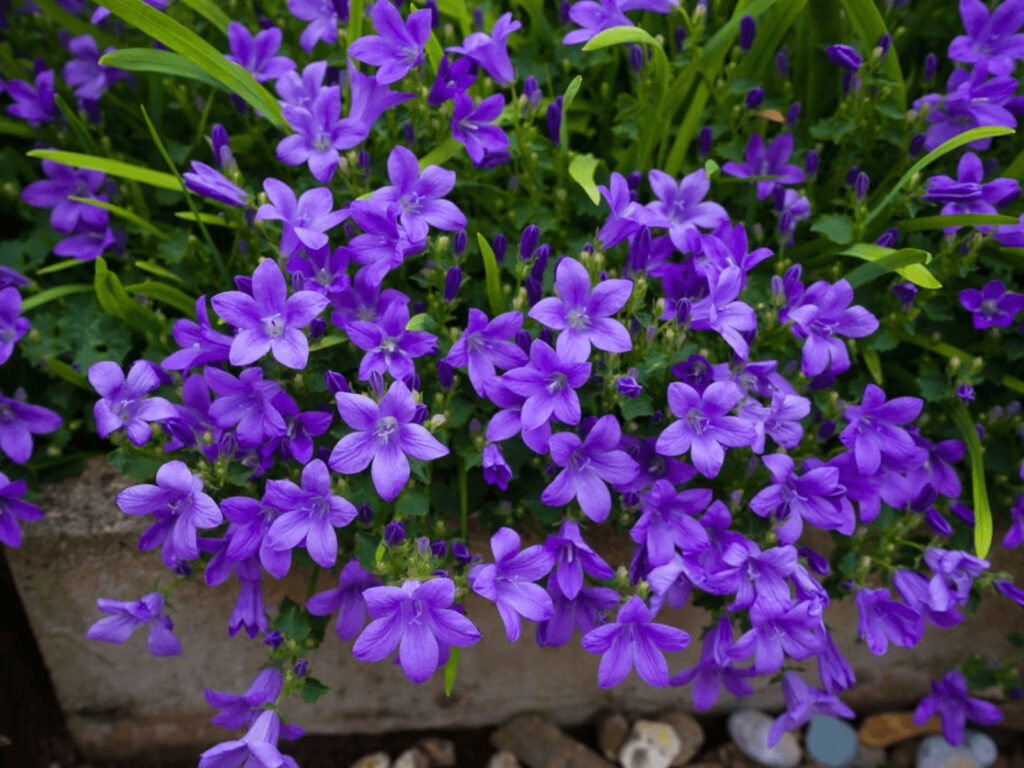
Campanula bellflowers offer a wide array of stunning varieties to choose from, each with its own unique characteristics. Here are a few popular ones:
- Campanula persicifolia: Known as the peach-leaved bellflower, it features tall, slender stems with cup-shaped blue or white flowers.
- Campanula lactiflora: This species showcases clusters of bell-shaped flowers in shades of purple, pink, or white, held on sturdy stems.
- Campanula portenschlagiana: Also called the Dalmatian bellflower, it is a low-growing, spreading variety that produces masses of violet-blue or white flowers, making it ideal for rock gardens or ground cover.
- Campanula carpatica: With its compact habit and dainty blue or white flowers, this bellflower is perfect for borders, containers, or edging.
- Campanula glomerata: This species forms dense clusters of deep purple, bell-shaped flowers and is known as the clustered bellflower.
Tips for Using Campanula Bellflowers in the Garden
In addition to their beauty, campanula bellflowers can be used creatively in your garden. Here are a few tips:
- Create a stunning display by planting different varieties of bellflowers together, taking advantage of their diverse colors and heights.
- Plant taller species at the back of borders or mixed with other perennials to add vertical interest.
- Use low-growing varieties as ground covers or in rock gardens to create a carpet of vibrant blooms.
- Incorporate campanula bellflowers into hanging baskets or containers for a cascading effect.
- Combine them with other complementary flowers like roses, lavender, or daisies to create a captivating floral arrangement.
Growing campanula bellflowers can be a rewarding experience, allowing you to enjoy their enchanting blooms and vibrant colors. By providing the right growing conditions, employing proper care techniques, and selecting the right varieties, you can cultivate a thriving bellflower garden that will be the envy of any gardening enthusiast. Whether you're a seasoned gardener or just starting out, incorporating campanula bellflowers into your landscape will undoubtedly bring joy and beauty to your outdoor spaces. Happy gardening!

